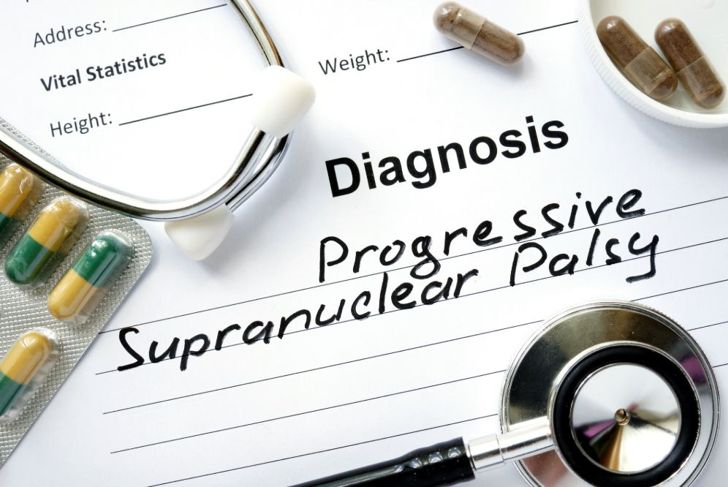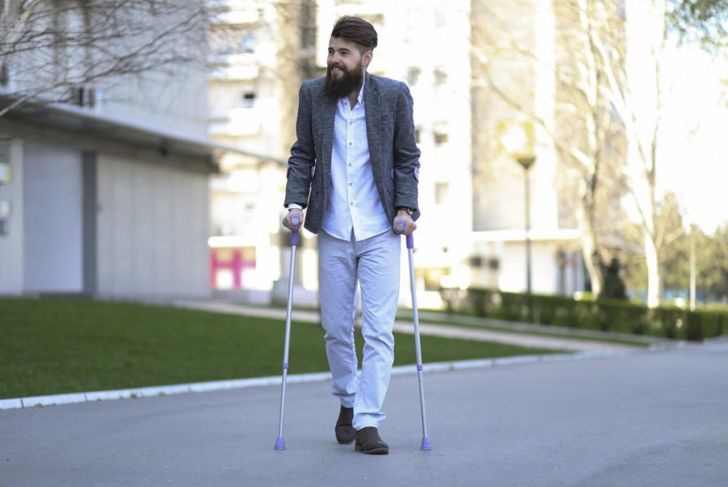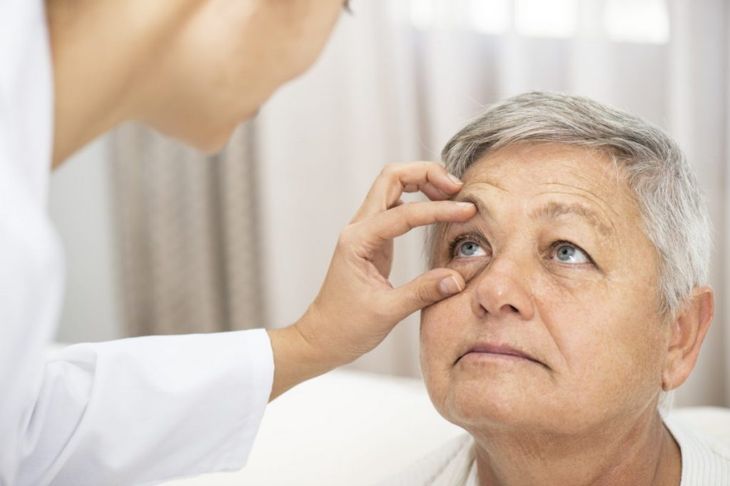Progressive supranuclear palsy or PSP is a degenerative neurological disorder. The rare disease, which is also known as Richardson syndrome, affects approximately five out of 100,000 people worldwide, though many researchers believe the illness is under-diagnosed. PSP affects women more often than men. The first symptoms appear between the ages of 45 and 75.
Tau Protein
Supranuclear palsy is one of several illnesses categorized as tauopathies, illnesses that involve an abnormal build-up of tau protein in the brain. Tau protein helps create the structural framework within nerve cells, especially the microtubules that transport materials in and out of cells, help cells maintain their shape, and aid in cellular division. Defective tau proteins form clumps inside neurons and other brain cells. The symptoms of progressive supranuclear palsy are associated with dying brain cells. Symptoms worsen as the number of dead or dying brain cells increases.
Causes of PSP
Researchers theorize that several genetic and environmental factors contribute to progressive supranuclear palsy, though they have not yet identified all the relevant genes. In some cases, PSP is associated with a mutation in the MAPT gene, which provides instructions for making the tau protein. Genetic changes on chromosomes 1 and 11 are also associated with PSP. People diagnosed with PSP rarely have a family history of the illness, which makes it even more difficult to identify causative genes and other factors.
Common Onset of PSP
Around half of the people with PSP immediately present the common symptoms of the condition, which include loss of balance and difficulty walking, impaired speech, and cognitive impairment. The individual may also experience short and long-term memory loss, depression, irritability, personality changes, and apathy. PSP also causes supranuclear ophthalmoplegia, a loss of voluntary eye movement. This eventually results in an inability to look down and a constant wide-eyed expression, with the eyes staring forward.
Alternative Early Symptoms
Fewer than half of people with PSP exhibit the symptoms of the other three categories of PSP before the condition progresses. Atypical Parkinsonism describes a group of symptoms including a slow walking pace, erratic muscle rigidity, and sporadic tremors in the hands and other limbs. Corticobasal degeneration also includes muscle rigidity, but the most recognizable sign is loss of function in a single arm.
Dementia and Atypical Symptoms
A small percentage of people with progressive supranuclear palsy exhibit symptoms of primary akinesia. People with primary akinesia walk with hesitant, jerking motions and have to stop completely before turning. Their speech is often slurred, and they may use words that do not make sense in context. The rarest presentation of progressive supranuclear palsy mimics Alzheimer’s disease. People with this type of PSP have no problems with movement and do not lose any motor skills.
Disease Progression
The cognitive impairments caused by supranuclear palsy lead to behavioral problems, and people gradually lose planning and problem-solving skills. Abnormal eye movements worsen over time, until voluntary motions become impossible. People can no longer read because they cannot focus or follow lines of text. They also have difficulty opening and closing their eyes, leading to infrequent blinking, and the eyelids start to pull away from the eyes. Eyesight deteriorates to blurry vision, sensitivity to light, and eventual blindness.
Prognosis
Most people with PSP need help with daily activities within two or three years of their initial diagnosis. The average life expectancy is five to nine years after the first symptoms appear, though progressive supranuclear palsy is not directly fatal. The cause of death is usually a complication related to the symptoms, including falls and broken bones caused by muscular issues. Atrophy causes generalized weakness and dysphagia or difficulty swallowing, which can lead to nutritional deficiencies and dehydration. Dysphagia can also cause pneumonia if the individual inhales food or liquid particles into their lungs.
Diagnosis
Doctors diagnose supranuclear palsy based on clinical evaluation and patient history. Some doctors misdiagnose supranuclear palsy as Parkinson’s disease because the initial symptoms are very similar. One of the key differences is that people with PSP generally lean or fall backward, while people with Parkinson’s disease lean or fall forward. PSP also impairs swallowing and affects the eyes to a much greater extent than does Parkinson’s disease. A diagnosis of PSP becomes more obvious as the disease progresses.
Treatment
Treatment for progressive supranuclear palsy focuses on support and managing symptoms. Drugs used for Parkinson’s disease effectively relieve symptoms and slow the disease’s progression in the early stages. Unfortunately, these drugs are rarely effective longer than one or two years. Neurologists supervise and monitor antidepressant therapy. The older classes of antidepressants are more effective than newer medications for the relief of PSP symptoms. Several medications to prevent the accumulation of tau protein in the brain are currently in clinical trials.
Therapeutic Devices
Numerous devices help people with progressive supranuclear palsy manage symptoms and maintain the highest possible quality of life. Walkers with additional weight in the front and shoes with thickened heels help people walk and avoid falling backward. Bifocals or special lenses with prisms counteract changes in eyesight. Injections common for cosmetic surgery can mitigate some abnormal eye movements, protecting vision as long as possible. Percutaneous gastrostomy inserts a feeding tube into the stomach, ensuring people with severe swallowing difficulties receive sufficient nutrition and stay hydrated.

 Home
Home Health
Health Diet & Nutrition
Diet & Nutrition Living Well
Living Well More
More




















